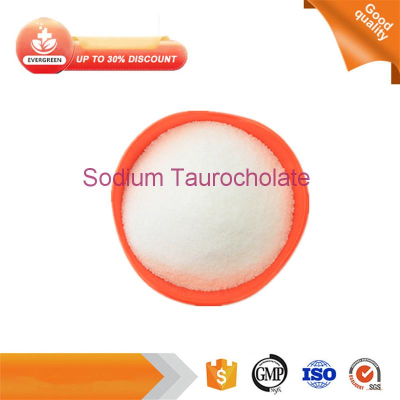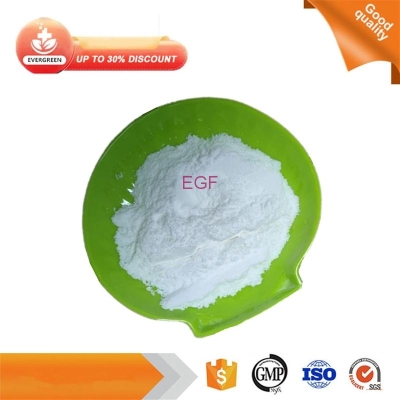-
Categories
-
Pharmaceutical Intermediates
-
Active Pharmaceutical Ingredients
-
Food Additives
- Industrial Coatings
- Agrochemicals
- Dyes and Pigments
- Surfactant
- Flavors and Fragrances
- Chemical Reagents
- Catalyst and Auxiliary
- Natural Products
- Inorganic Chemistry
-
Organic Chemistry
-
Biochemical Engineering
- Analytical Chemistry
- Cosmetic Ingredient
-
Pharmaceutical Intermediates
Promotion
ECHEMI Mall
Wholesale
Weekly Price
Exhibition
News
-
Trade Service
NASH is a severe manifestation of non-alcoholic fatty liver disease (NAFLD), which affects 30 percent of adult Americans and is the leading cause of liver failure, cirrhosis and cancer.
non-alcoholic fatty liver disease started out as a simple fatty degeneration with little liver damage or fibrosis.
its progress is that NASH requires multiple parallel triggers that work with liver fat degeneration.
benign cirrhosis, which is affected by lipid absorption, new fat production and fatty acid (FA) oxidation, develops into non-alcoholic fatty hepatitis (NASH) under the influence of stress and inflammation.
possible triggers include intestinal-derived inflammatory signals and endodernet (ER) stress.
after establishing the role of ER stress and tumor necrotic factor (TNF) signals in the NASH pathogenesis, the researchers tried to unwrwrw the relationship between the role of intestinal-derived inflammatory signals and the deterioration of fructose-induced barriers.
the United States, fructose consumption has increased thousands of times, and it is a key macronutrient that may contribute to the development of NASH.
fructose causes the barrier to deteriorate through a mechanism that is not yet known, reducing the tightness protein (TJPs) in animal experimental models and pediatric patients.
excessive intake of fructose can lead to deterioration of the intestinal barrier and endotoxinemia.
, however, how fructose triggers these changes and their role in the pathogenesis of cirrhosis and NASH remains unknown.
recently, researchers published in the journal Nature Metabolism, using models of genetically modified (Tg) MUP-uPA mice, showed that microbiome-derived Tol-like subjectors (TLR) agonists promote liver hypertrophy without affecting fructose-1-phosphoric acid (F1P) and cytosphageal acetyl-CoA.
genetically modified (Tg) MUP-uPA mice had a high amount of urea kinase primary activator (uPA) expressed by liver-specific promoters, using this model, the researchers demonstrated the causal effect of hepatocellular ER stress in the pathogenesis of NASH.
MUP-uPA mice were older than 8 weeks and remained in a normal diet (NCD) without significant liver abnormalities.
but when given an energy-rich, high-fat diet (HFD), the mice showed classic NASH symptoms within 3-4 months and progressed to hepatocellular carcinoma (HCC) within 9-10 months.
researchers used the MUP-uPA model and their parent BL6 mice to study whether fructose-induced DNLs caused NASH and subsequent HCC development.
MUP-uPA and BL6 mice were given a low-fat and carbohydrate-rich diet containing fructose or corn starch (CS), a polymer that is prone to hydrolysing into glucose.
high fructose diet (HFrD) contains 10% CS and 60% fructose, and 70% of the calories in the CS diet (CSD) come from CS.
although mice ate similar amounts of the two diets, HFrD, not CSD, can induce liver fat degeneration and increase liver triglycerides (TGs) in both series.
MUP-uPA mice fed HFrD at 6 months of age showed significant fatty hepatitis, cystic degeneration and liver fibrosis, but only benign fatty degeneration in BL6 mice.
HFrD feeding can induce colon shortening, indicate the presence of intestinal inflammation, and cause more insulin resistance than CSD.
as insulin resistance, HFrD-fed mice had higher levels of non-empty-stomach insulin.
12 months, HFrD-fed MUP-uPA mice showed three times more HCC nods than CSD-fed mice, which were 10 times bigger than CSD-fed mice.
HFrD also enhanced the HCC induced by DMI nitrosamine (DEN) in BL6 mice.
mice fed HFrD, most tumors were poorly differentiated fatty HCCs.
, the researchers used pregenerative liver cell cultures to study whether TNF stimulates fructose-driven fat degeneration in the human liver.
The researchers evaluated the accumulation of lipid droplets in cells after
primary liver cells from healthy donors were not stimulated, treated with LPS or TNF, and placed in sugar-free mediums or mediums containing 5mM glucose or fructose for 48 hours.
glucose or fructose alone or together with LPS has little effect on the formation of fat droplets, TNF treatment strongly enhances the accumulation of fat droplets in liver cells cultured in fructose and glucose.
the expression of ACACA, FASN, and SREBF1 mRNA that promote lipid synthesis through TNF instead of LPS.
In addition, the researchers found that activating the mucous membrane regenerative gp130 signal, giving the YAP-induced maternal protein C CN1 or expressing the antimicrobial peptide Reg3b (beta) peptides, could counteract fructose-induced barrier deterioration, depending on endosome stress and subsequent endotoxinemia.
endotoxins engage with TLR4, triggering liver macrophages to produce TNF, which induces lipogenase in mouse and human liver cells to convert F1P and acetyl-CoA into fatty acids.
.







